Lotus in transition: the auto brand's new developments
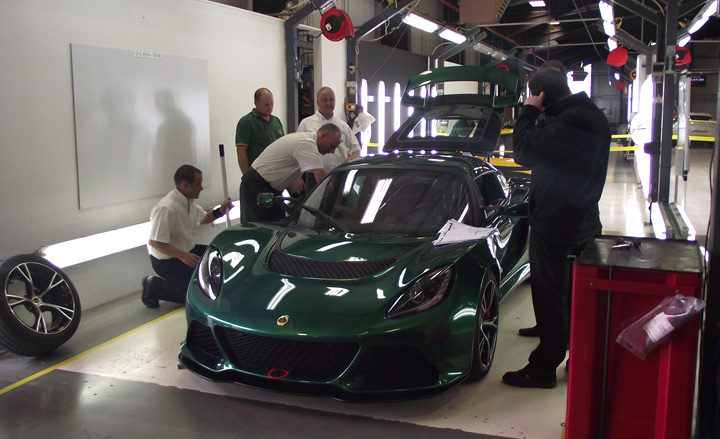
Most car-makers would kill for a history as storied as Lotus'. Yet despite this richness of heritage, the company has stalled in recent years, thwarted by its own lofty ambitions and the general downturn in sports cars sales.
In January this year DRB-Hicom (the holding company of Malaysian auto makers Proton, which formerly oversaw the brand) acquired Group Lotus, setting off a cascade of rumour and speculation surrounding the future of the Norfolk based firm.
That initial uncertainly was swiftly followed by the suspension of CEO Dany Bahar, then his eventual sacking, under the guise of irregularities in business conduct. Bahar's short tenure at the helm was seen as something of a mixed blessing even by the most ardent of Lotus fans. When he arrived in 2009, fresh from a job at Ferrari, one of the first things he did was set out a bold expansion plan, promising five new models in a five-year time span, including a reborn Esprit supercar, an Aston Rapide-style four door super coupe, a city car and a brace of mid-range sports cars. The aim was to take the car maker upmarket, into the territory owned by Porsche and even Ferrari.
Concepts were made, films were shot, magazines were printed and all the while a small but vocal group queried the wisdom of deviating from many of the simple qualities its historic success was built on (the production of lightweight/high performance/affordable sports cars). The problem was that there was no finance, nor was Lotus in a position to attract the kind of investment required.
What it always had, however, was engineering brilliance, something that DRB-Hicom and Proton both recognised. As the dust settled on Bahar's departure, the new owner pledged rapid assurance that Lotus was not to be sold, much to the relief of the 1200 strong workforce. Since then, only freelance operatives have been sacrificed in the reshuffle.
In light of such developments, Wallpaper* arranged a visit to experience at first hand how the British motoring icon is fairing a few months down the line. An air of calming optimism seems to radiate around the old Royal Air Force base in Hethel, Norfolk, where the factory has been located since 1966.
Demand is still high, as demonstrated by the bustling production hall and busy body shop. At every stage of manufacturing, from engine mounting through to the final rolling road, processes are under intense scrutiny; Lotus must produce healthy profits if DRB are to remain in charge.
There are even the beginnings of a brand new production hall, a space without a production line to fill it, for now. These are all decisions to be made. Right now, the immediate future of the brand is looking secure at least, and the reshaping of past extravagancy will be a gradual process but one that will see the company becomes financially solvent.
But what of the product? Lotus was decent enough to loan us one of the very first 2012 Exige S to roll off the production line, which proved to be a welcome distraction to talk of mergers and acquisitions. Despite Bahar's departure, in no way have the past few years been wasteful in engineering terms. The Exige S is striking proof.
The car features the 345bhp 3.5-litre supercharged V6 originally seen in the Evora S (Lotus had to lengthen the chassis to accommodate this extra grunt). There's a touch of unwanted weight gain, making this the heaviest Exige to date but with a 0-100 kph figure below four seconds and a top speed of 170 mph, performance is not an issue.
The new Exige is probably better suited to a track environment rather than the daily grind, with its low ground clearance, sparse cabin and stiff suspension. Nevertheless, the Exige is far from impossible to live with on the road.
The stiff suspension is alleviated by four switchable modes that help to do away with the bone-shattering ride of models past, while the large engine's extra torque rewards driving smoothly at low revs, also an improvement. The lack of creature comforts like sat nav and power steering help reinforce the car's sporting focus.
The Exige S is something new CEO Aslam Farikullah and his team should be hugely proud of and is hopefully an indication of even better things to come. An Exige S Roadster (soft top) was spotted track testing during our visit and there was talk of the Evora Hybrid being deep into its durability phase of development.
Countless other car companies rely on the discrete consultancy and development that this small manufacturer can provide. As long as the powers that be have a thorough understanding of the qualities that made the company great - lightness, efficiency and entertainment - there's every sign that Lotus will keep its act together and stay on the road.
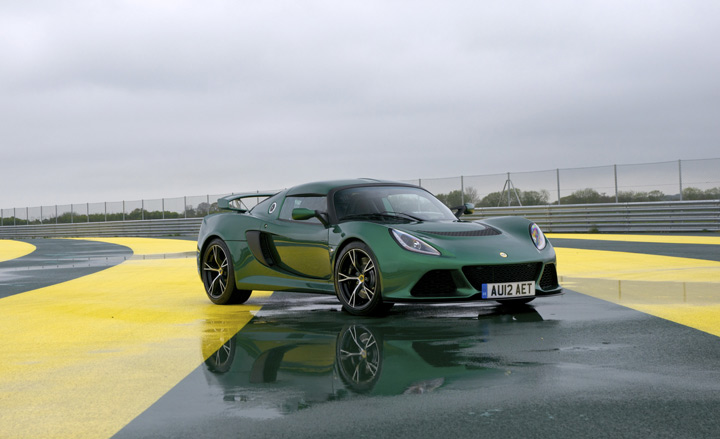
The Exige S has a 0-100 kph figure below four seconds and a top speed of 170 mph
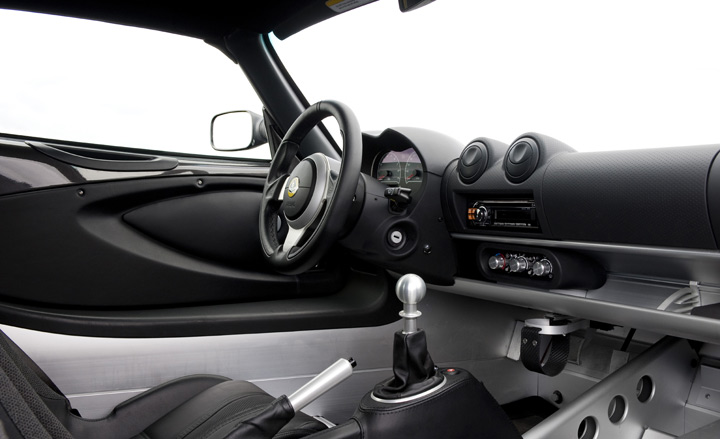
The sparse practicality of the Exige S cockpit
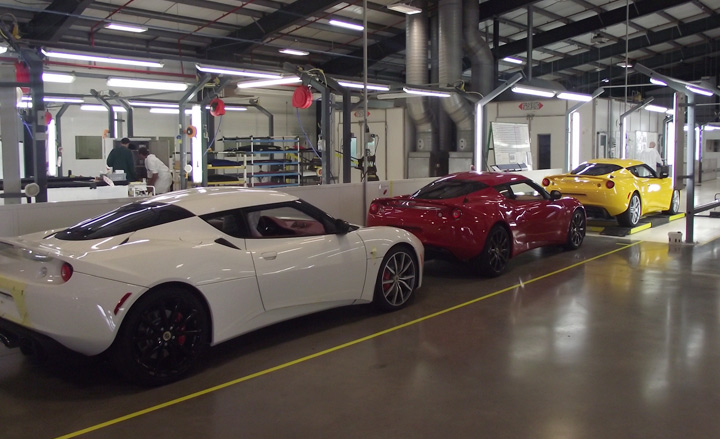
Evora and Elise models scrutinised at final testing stage
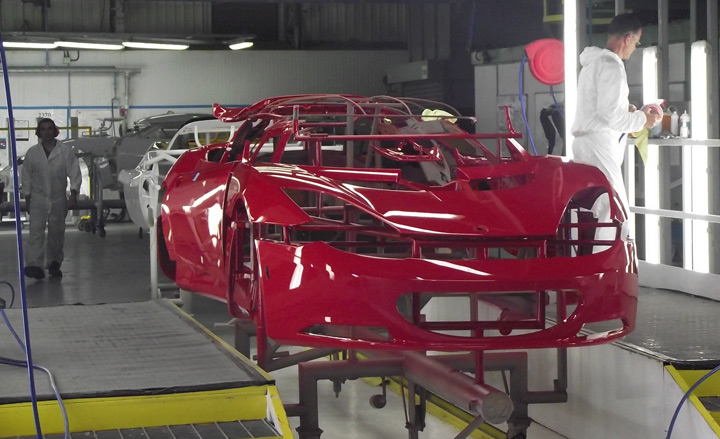
The Evora's shell, fresh from the paint shop
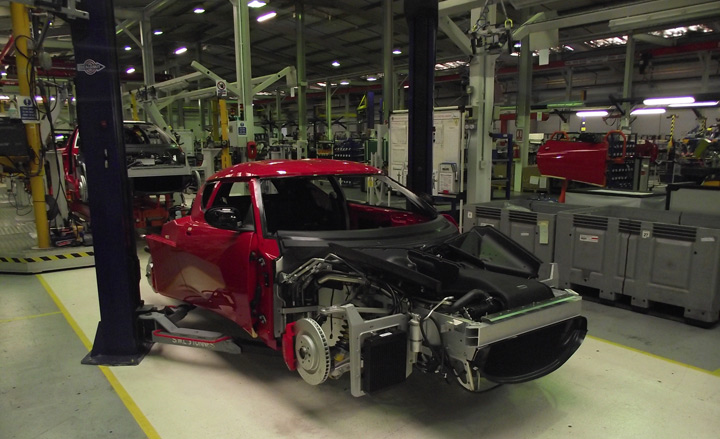
The Evora comes to life component by component
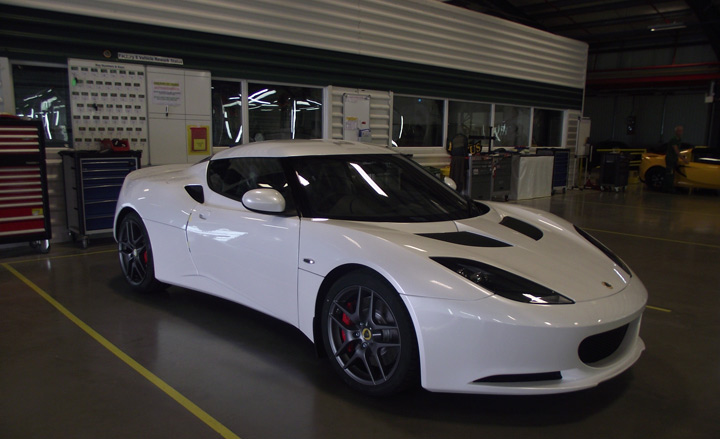
A gleaming Evora, waiting patiently for final track testing
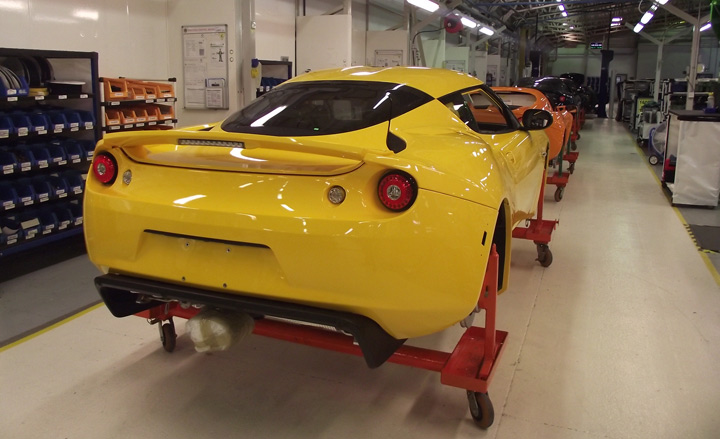
A brace of Elises awaiting trim and wheel selection
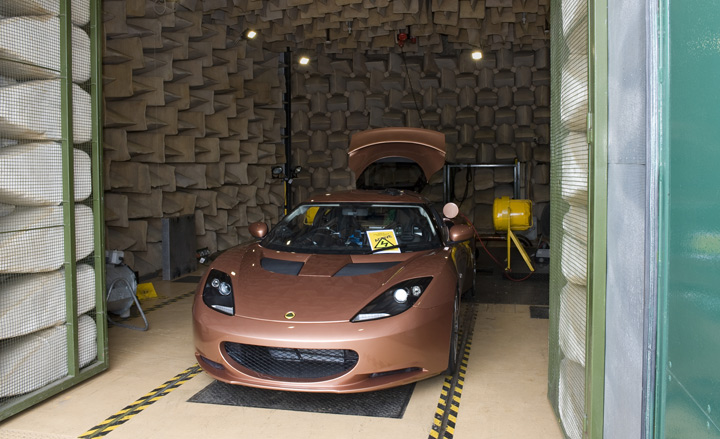
The Evora Hybrid is deep into its durability phase of development
Wallpaper* Newsletter
Receive our daily digest of inspiration, escapism and design stories from around the world direct to your inbox.
-
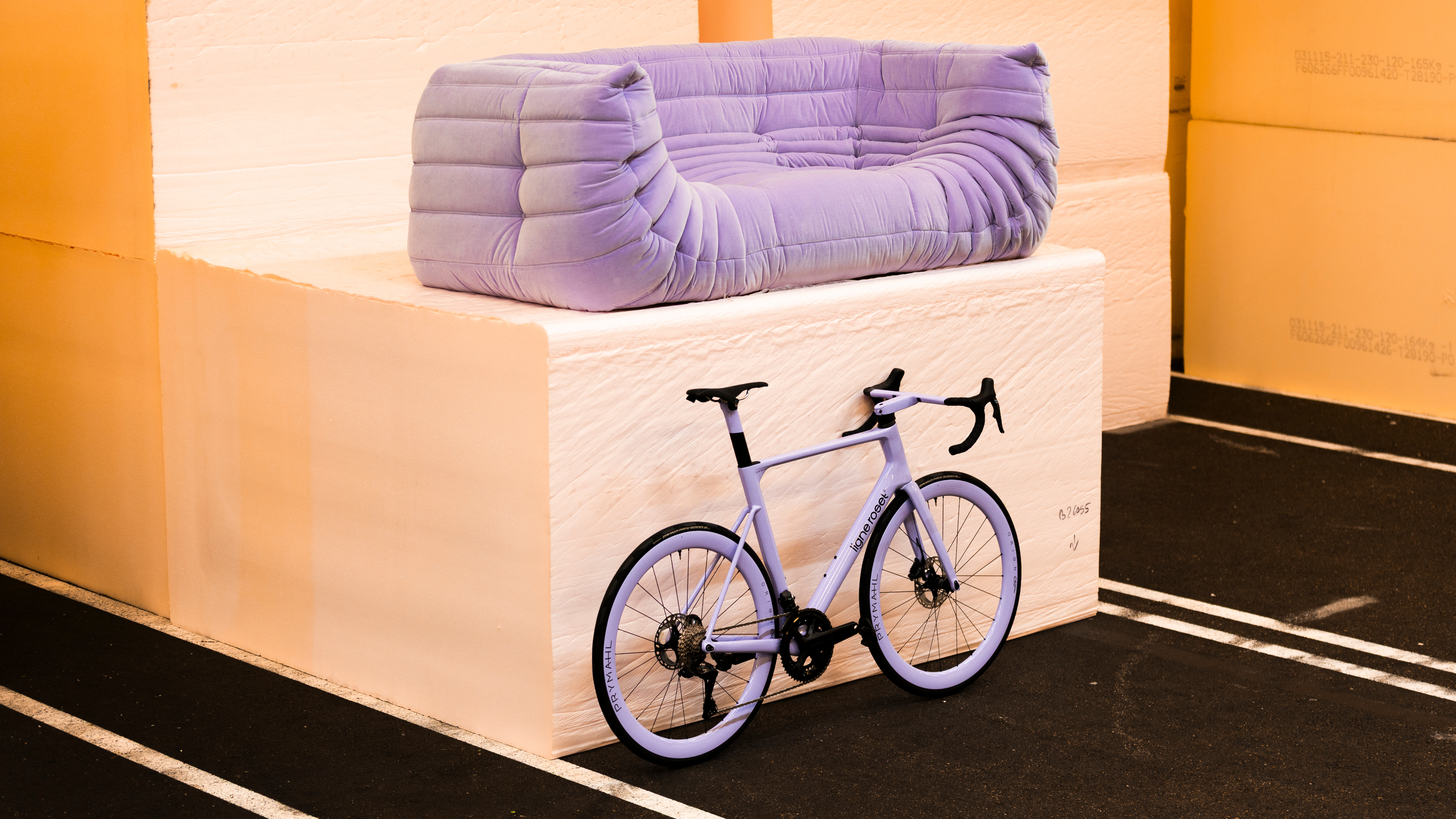 Ligne Roset teams up with Origine to create an ultra-limited-edition bike
Ligne Roset teams up with Origine to create an ultra-limited-edition bikeThe Ligne Roset x Origine bike marks the first venture from this collaboration between two major French manufacturers, each a leader in its field
By Jonathan Bell
-
 The Subaru Forester is the definition of unpretentious automotive design
The Subaru Forester is the definition of unpretentious automotive designIt’s not exactly king of the crossovers, but the Subaru Forester e-Boxer is reliable, practical and great for keeping a low profile
By Jonathan Bell
-
 Sotheby’s is auctioning a rare Frank Lloyd Wright lamp – and it could fetch $5 million
Sotheby’s is auctioning a rare Frank Lloyd Wright lamp – and it could fetch $5 millionThe architect's ‘Double-Pedestal’ lamp, which was designed for the Dana House in 1903, is hitting the auction block 13 May at Sotheby's.
By Anna Solomon